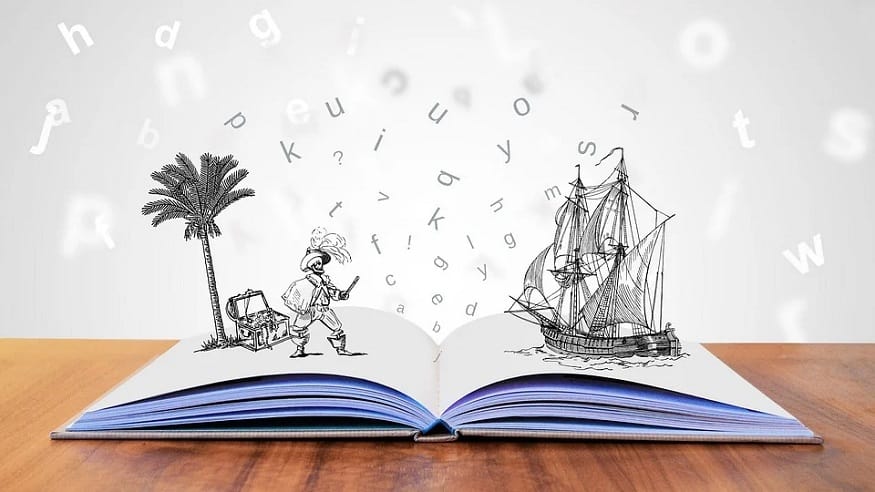The tech giant recent launched the new app to help support kids as they improve their reading.
The Google Read Along application was recently added to app stores. It uses artificial intelligence (AI) and machine learning to support kids in improving their reading skills.
The app is based on providing verbal and visual feedback to help kids to better their skills.
The Google Read Along app was first launched in India but is already available in nine languages and across over 180 countries. The languages currently available are English, Spanish, Hindi, Portuguese, Tamil, Marathi, Urdu, Bengali and Telugu.
Early studies have indicated that apps with a strategy similar to this one may significantly contribute to kids’ reading skills improvements. A three-month pilot study was conducted on the app’s predecessor, Bolo. The research took place in India’s Unnao district. It followed the progress of 1,500 children in 200 of the district’s villages.
What it found was that 39 percent of the app’s users reached the Annual Status of Education Report (ASER) top reading assessment test level. Another 64 percent saw their scores improve in this test. Furthermore, 92 percent of the kids’ parents said they had noticed reading improvements in their children.
There are about 500 preloaded stories related interactive games in the Google Read Along app.
The application allows kids to read the stories, play the games linked with what they are reading, and earn stars and badges as they continue learning, practicing and progressing. The Diya in-app assistant gives kids a hand in pronouncing words and sentences. It uses natural language processing to assess whether a reader is successfully reading a certain section or if they are struggling. It provides the reader with reinforcing positive feedback throughout the passage.
Parents can use the app to create profiles for more than one reader. The student taps their photo to access their profile and continue where they left off, tracking their own individual progress. Google Read Along uses AI and machine learning to personalize the  experience for each profile. In this way, it can make recommendations for the story and game difficulty levels based on the student’s reading level performance to that point.
experience for each profile. In this way, it can make recommendations for the story and game difficulty levels based on the student’s reading level performance to that point.
